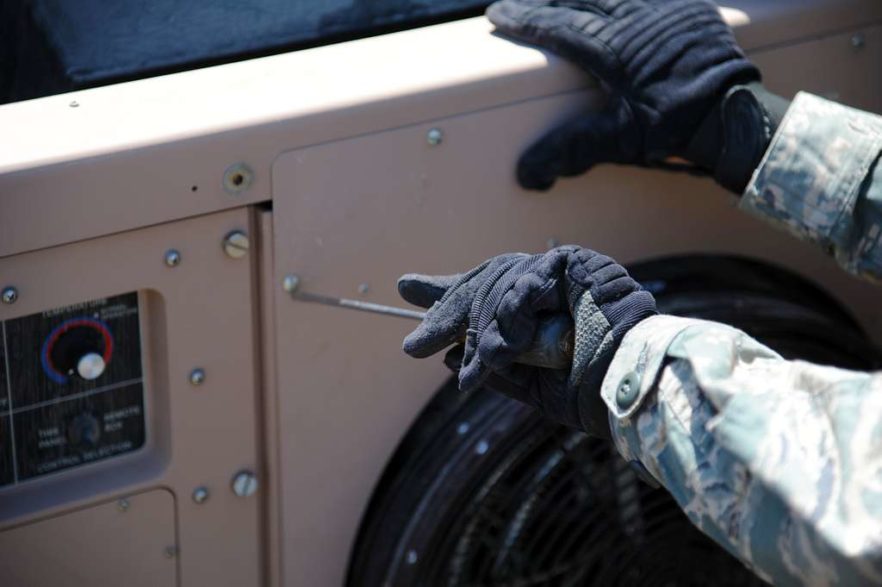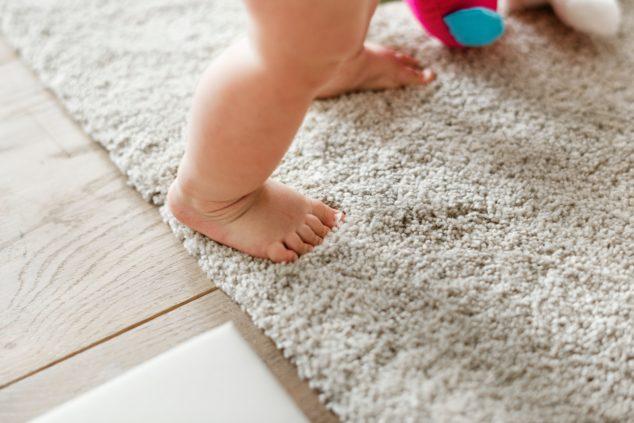Imagine a world where your air conditioner adjusts itself based on the weather forecast or where your heating system alerts you about potential issues before they turn into costly repairs. No, this isn’t a scene from a sci-fi movie; it’s the reality of today’s HVAC systems. Thanks to the Internet of Things (IoT) technology, we can connect our HVAC systems to the Internet and control remotely through smartphones or other devices.
Temecula, located in Southern California, is no stranger to extreme temperatures. With hot summers and chilly winters, a reliable HVAC system is crucial for homes and businesses. With the rise of IoT in the HVAC industry, residents and business owners in Temecula now have access to advanced features and benefits that were previously unavailable.
IoT: A Brief Overview
The Internet of Things is a network of interconnected physical devices that communicate and exchange data with each other over the Internet. These devices, anything from your home thermostat to a commercial HVAC system, are embedded with sensors, software, and other technologies.
In essence, IoT allows these devices to “talk” to each other, to apps on your phone, and even to you, providing unprecedented control and automation. But how does this exciting technology apply to HVAC systems? While some of these systems may seem farfetched, they are now a reality everywhere.
The Impact of IoT on HVAC Systems
IoT is revolutionizing the HVAC industry, making systems more intelligent, efficient, and user-friendly. Here are some key benefits:
Energy Efficiency and Cost Effectiveness
IoT-enabled HVAC systems can adapt to changing weather, occupancy, and time of day – to optimize energy use. For instance, a smart thermostat can learn your schedule and adjust the temperature when you’re not home, saving up to 15% of your energy bills. Other energy efficiency and cost-saving measures could include:
- Remotely controlling thermostats to adjust temperature settings for unoccupied rooms or buildings
- Monitoring energy consumption in real-time and changing it as needed
- Detecting and notifying users of potential system malfunctions or inefficiencies
Greater Comfort and Convenience
Through IoT-enabled devices, homeowners can control their HVAC systems with just a few taps on their smartphones. This allows for greater flexibility and convenience, especially for busy individuals or those who frequently travel. Voice control and geofencing can provide an even more seamless and hands-free user experience.
Real-Time Monitoring and Predictive Maintenance
IoT devices can monitor system performance in real-time and alert homeowners or businesses to potential issues. This means you can address problems before they lead to system failure, saving money and avoiding uncomfortable temperatures. Some intelligent systems can predict when parts might fail and schedule maintenance accordingly.
This predictive maintenance can prevent costly repairs and extend the lifespan of your HVAC system. Sometimes, the sophistication of these systems makes it seem like they can do things without your consent. However, they still require human input and allow customers to maintain control over their systems.
Remote Control and Automation
With IoT, you can control your HVAC system remotely using a smartphone app. Did you forget to turn off the AC before leaving for vacation? No problem – do it from your phone.
You can even automate your HVAC system to respond to external factors like weather changes or air quality. For instance, if the weather suddenly becomes hot and humid, your HVAC system can adjust accordingly to keep the home comfortable.
Challenges of IoT in HVAC
IoT undeniably brings many benefits to the HVAC industry but presents some challenges. These systems require reliable and secure Internet connections, which can be costly for some homeowners or businesses. While it’s possible to mitigate IoT challenges with proper planning and setup, we should consider them before implementation.
Integration with Existing Systems
Not all existing HVAC systems are compatible with IoT technology. Upgrading an IoT-enabled system can be costly, especially for larger commercial properties. It’s essential to consider the compatibility of your current system before investing in IoT. To enable IoT integration into your existing technology stack, you’ll need to consider replacing:
- Thermostats
- Control panels
- Sensors and actuators
Data Privacy and Security
As with any Internet-connected device, data privacy and security are significant concerns regarding IoT. Your HVAC system collects personal data like daily routines, temperature preferences, and energy consumption patterns. This information can be vulnerable to cyberattacks if not adequately secured.
Because of the multiple access points and connected devices, implementing stringent security measures is crucial to protect your data from hackers and cyber threats. However, HVAC manufacturers and service providers are taking measures to ensure the security of user data. They implement encryption and authentication protocols to enhance security and protect personal information.
High Initial Costs
While IoT-enabled HVAC systems can save money in the long run, the initial investment can be substantial, especially for high-end models. However, as the technology grows and becomes more widespread, costs are expected to decrease over time. Some providers offer financing options or payment plans to help offset these initial costs.
The Future of IoT in HVAC Systems
IoT technology continues to evolve, and the HVAC industry will witness groundbreaking improvements.
Advanced Predictive Maintenance
Already, IoT devices can monitor system performance and predict potential malfunctions. However, future advancements could lead to more sophisticated predictive maintenance capabilities. According to a report by Deloitte, IoT technology could enable “self-healing” HVAC systems.
These advanced systems would predict when parts might fail and fix themselves automatically, significantly reducing the need for manual intervention.
Increased Integration with Smart Home Systems
Integrating HVAC systems with other smart home devices is expected to increase, leading to an interconnected home environment. For instance, smart blinds could automatically lower during the hottest parts of the day to reduce cooling needs. Statista predicts the worldwide smart home market will reach $53.45 billion in 2022.
Improved Energy Efficiency
Energy Star emphasizes that energy efficiency is a critical factor in HVAC systems. Future IoT advancements will enhance this aspect even further. For example, HVAC systems might incorporate advanced AI algorithms to better anticipate and adapt to changes in weather or occupancy, leading to greater energy savings.
Embracing the Future of HVAC
Despite these challenges, the benefits of IoT in HVAC – energy efficiency, predictive maintenance, and remote control – make it a worthy investment for many homeowners and businesses in Temecula, CA. We expect to see even more innovative features and improvements in IoT-enabled HVAC systems as technology advances. At Pro Flo, we’ve been serving the local area for over 20 years.
We offer quality heating repair in Temecula, installations, and other HVAC services. Contact us today to learn more about how IoT technology can enhance your home or business’s comfort and efficiency. The future of HVAC is here, and it’s more intelligent than ever.












